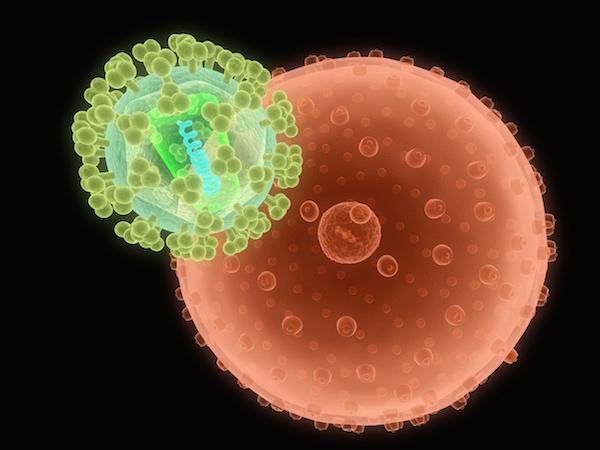
THURSDAY, Oct. 6 (HealthDay News) — The death of Apple Inc. co-founder Steve Jobs has once again focused attention on cancers of the pancreas, which have claimed the lives of several high-profile celebrities.
Jobs’ tumor was actually one with a better prognosis than the pancreatic cancer that quickly killed actors Michael Landon and Patrick Swayze.
In fact, the type of cancer that Jobs had — called neuroendocrine pancreas tumor — afflicts only some 1,000 people a year in the United States, compared to the 40,000 cases of the far more lethal “traditional” pancreatic cancer, the fourth leading cause of cancer death of Americans.
Some 50 percent to 60 percent of people with neuroendocrine tumors will be alive five years after their diagnosis, vs. only 5 percent to 10 percent of patients with traditional pancreatic cancer, said Dr. Daniel Labow, chief of surgical oncology at Mount Sinai Hospital in New York City.
Neuroendocrine tumors often start in the pancreas but more commonly appear first in the small intestine and, less commonly, in the appendix, stomach and rectum, Labow said.
The pancreas is situated deep inside the abdomen, between the stomach and the spine. It has two main functions: an exocrine function that helps with digestion and an endocrine function that regulates blood sugar, according to Columbia University’s College of Physicians and Surgeons.
Because the pancreas is positioned deep inside the body, it’s often difficult to diagnose tumors early because they have yet to interfere with the function of nearby organs such as the stomach, liver or gallbladder, according to Johns Hopkins University.
Neuroendocrine tumors originate in cells that make hormones, triggering hormone overproduction. The mainstay of treatment is surgery, and sometimes injections to block the hormones. Traditional chemotherapy is rarely effective, Labow said.
Liver transplants are also often necessary and, in the past year, the U.S. Food and Drug Administration approved two new drugs for neuroendocrine tumors — sunitinib and everolimus.
While Jobs lived eight years with his diagnosis, the average survival time for advanced pancreatic cancer is much worse, roughly only eight or nine months, said Dr. Maged Rizk, a gastroenterologist with the Cleveland Clinic.
Because traditional pancreatic tumors tend to be diagnosed later, rather than sooner, that’s a big reason why they’re so deadly, Rizk added.
“If the tumor is in the head of the pancreas, then there’s a high chance that it will cause obstruction in the bile duct, the patient will turn yellow and have an infection so we pick it up earlier than if it’s in the tail, where the chance of it causing symptoms is less,” Rizk explained.
Also, he said, the pancreas pushes up against blood vessels and lymph nodes, making it easier for cancer cells to invade these systems and travel throughout the body.
On the other hand, neuroendocrine tumors are distressing because they tend to afflict people in their 30s and 40s (Jobs was diagnosed in his late 40s), whereas the average age at diagnosis for pancreatic cancer is 60, Labow said.
Risk factors for neuroendocrine tumors are largely unknown. Risk factors for pancreatic cancer include not only age, but cigarette smoking, obesity, diabetes and race — blacks are more likely to develop the disease than whites.
More information
The American Cancer Society has more on pancreatic cancer.

